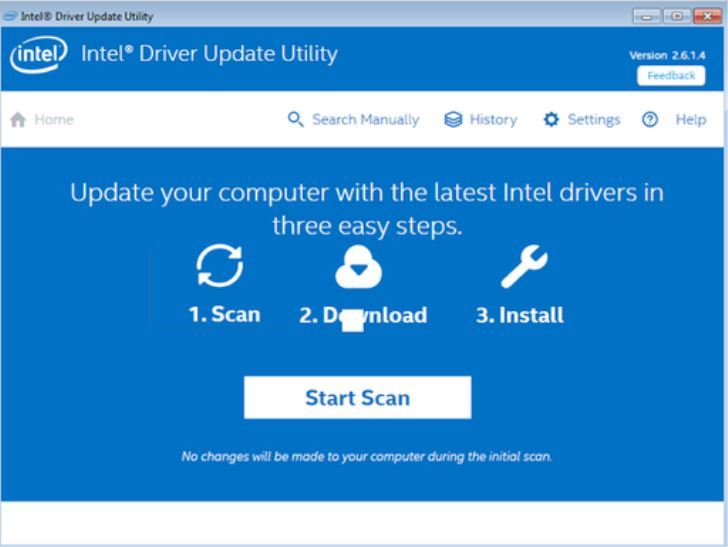

- #Miracast windows 10 driver download how to#
- #Miracast windows 10 driver download drivers#
- #Miracast windows 10 driver download windows 8.1#
Specifies the types of wireless display (Miracast) chunk info that is to be processed.Ĭontains info used in the wireless display (Miracast) pfnDataRateNotify function about the audio/video encoder bit rate and failed or retried Wi-Fi frames.Ĭontains pointers to wireless display (Miracast) functions that are implemented by the Miracast user-mode driver.

Stores info that identifies a wireless display (Miracast) encode chunk.Ĭontains info about a specified wireless display (Miracast) encode chunk. TopicĬontains pointers to wireless display (Miracast) runtime callback functions that the Miracast user-mode driver can call.Ĭontains encode chunk data that is used when a user-mode driver calls the wireless display (Miracast) GetNextChunkData function. Wireless display (Miracast) structures and enumerationsĪll user-mode structures and enumerations that are used with Miracast display device driver interfaces (DDIs). This function is registered with the operating system when the RegisterForDataRateNotifications function is called.Ĭalled by the operating system to query the Miracast user-mode driver interface, MIRACAST_DRIVER_INTERFACE.Ĭalled by the operating system to start a Miracast connected session.Ĭalled by the operating system to start a Miracast connected session that had earlier been started by a call to the StartMiracastSession function. TopicĬalled by the operating system to create a user-mode Miracast context.Ĭalled by the operating system to destroy a user-mode Miracast context.Ĭalled by the operating system to handle the asynchronous kernel-mode message that the Miracast user-mode driver receives when the display miniport driver calls the DxgkCbMiracastSendMessage function.Ĭalled by the operating system to notify the Miracast user-mode driver that the bit rate of the Miracast network link has changed. In response to an operating system call to the QueryMiracastDriverInterface function, the Miracast user-mode driver must supply pointers to these functions in the MIRACAST_DRIVER_INTERFACE structure, except for pfnDataRateNotify, which is has a pointer declared in RegisterForDataRateNotifications. This type of driver runs in a standalone DLL. The reference pages in this section describe wireless display (Miracast) functions that a Miracast user-mode driver must implement.
#Miracast windows 10 driver download drivers#
Wireless display functions implemented by Miracast user-mode drivers Provides info about the next Miracast encode chunk that was reported to the Microsoft DirectX graphics kernel subsystem when the DXGK_INTERRUPT_TYPE interrupt type is DXGK_INTERRUPT_MIRACAST_CHUNK_PROCESSING_COMPLETE.Ĭalled by the user-mode display driver to send the kernel-mode display miniport driver a synchronous I/O control request.Ĭalled by the user-mode driver to register with the operating system to receive network quality of service (QoS) notifications and the current network bandwidth of the Miracast connection.Ĭalled by the user-mode display driver to report the status of the current Miracast connected session.Ĭalled by the user-mode display driver to report the statistics of the Miracast link to the operating system. Pointers to the Miracast display callback functions are returned in a MIRACAST_CALLBACKS structure. Only Miracast user-mode drivers can call these functions. The reference pages in this section describe wireless display (Miracast) user-mode functions that the operating system implements. Wireless display callback functions called by Miracast user-mode drivers User-mode device driver interfaces (DDIs)
#Miracast windows 10 driver download how to#
The following sections describe how to implement Miracast capability in your drivers.

Miracast user-mode driver tasks to support Miracast wireless displays.WDDM display miniport driver tasks to support Miracast wireless displays.
#Miracast windows 10 driver download windows 8.1#
The following pages describe how Windows 8.1 display miniport drivers and Miracast user-mode drivers support Miracast displays: This capability was introduced in Windows 8.1.įor more information on the requirements of drivers and hardware to support Miracast displays, refer to the Building best-in-class Wireless Projection solutions with Windows 10 guide and the relevant WHLK documentation at .WirelessDisplay. Windows Display Driver Model (WDDM) 1.3 and later drivers can optionally support wireless (Miracast) displays. This documentation is therefore deprecated and Microsoft might remove support for custom Miracast stacks in a future version of Windows. As of Windows 10, the OS ships with a built-in Miracast stack that can work on any GPU and it is no longer recommended that drivers implement a custom Miracast stack. This document describes how drivers can implement a custom Miracast stack in Windows 8.1.


 0 kommentar(er)
0 kommentar(er)
